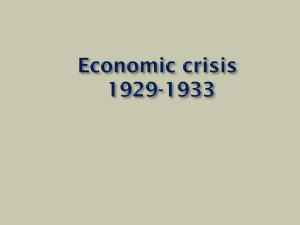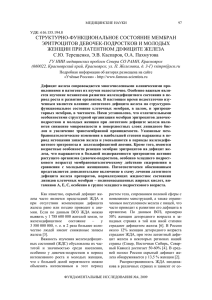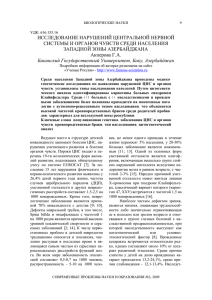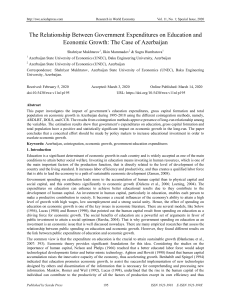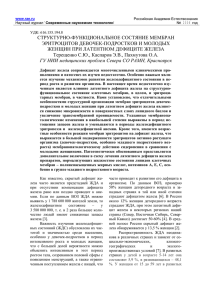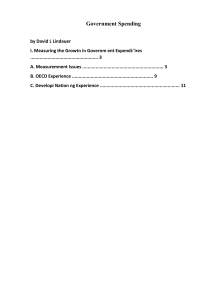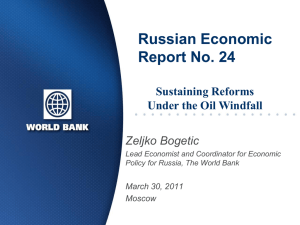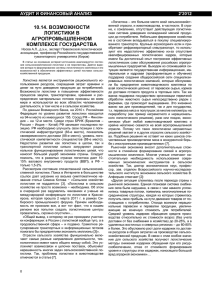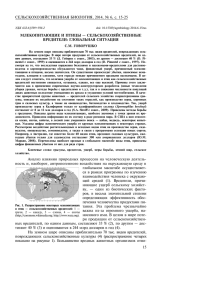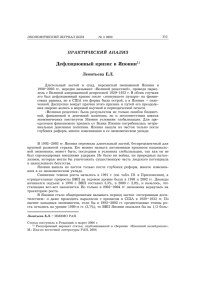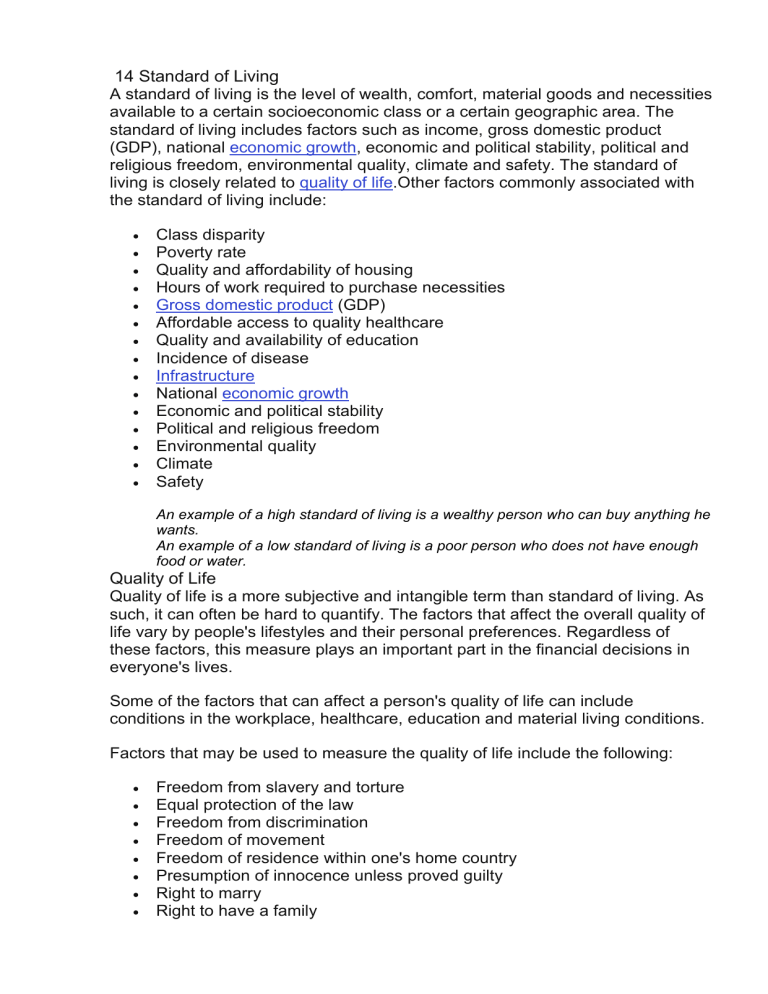
14 Standard of Living A standard of living is the level of wealth, comfort, material goods and necessities available to a certain socioeconomic class or a certain geographic area. The standard of living includes factors such as income, gross domestic product (GDP), national economic growth, economic and political stability, political and religious freedom, environmental quality, climate and safety. The standard of living is closely related to quality of life.Other factors commonly associated with the standard of living include: Class disparity Poverty rate Quality and affordability of housing Hours of work required to purchase necessities Gross domestic product (GDP) Affordable access to quality healthcare Quality and availability of education Incidence of disease Infrastructure National economic growth Economic and political stability Political and religious freedom Environmental quality Climate Safety An example of a high standard of living is a wealthy person who can buy anything he wants. An example of a low standard of living is a poor person who does not have enough food or water. Quality of Life Quality of life is a more subjective and intangible term than standard of living. As such, it can often be hard to quantify. The factors that affect the overall quality of life vary by people's lifestyles and their personal preferences. Regardless of these factors, this measure plays an important part in the financial decisions in everyone's lives. Some of the factors that can affect a person's quality of life can include conditions in the workplace, healthcare, education and material living conditions. Factors that may be used to measure the quality of life include the following: Freedom from slavery and torture Equal protection of the law Freedom from discrimination Freedom of movement Freedom of residence within one's home country Presumption of innocence unless proved guilty Right to marry Right to have a family Right to be treated equally without regard to gender, race, language, religion, political beliefs, nationality, socioeconomic status, and more Right to privacy Freedom of thought Freedom of religion Free choice of employment Right to fair pay Equal pay for equal work Right to vote Right to rest and leisure Right to education Right to human dignity 15 The role of privatization in the development of the economy Privatization is the process of transferring an enterprise or industry from the public sector (government)to the private sector. For example, if an individual or organization purchases all the stock in a publicly-traded company, that effectively makes it private, so that process is sometimes described as privatization. Privatization is an ongoing trend in many parts of the developed and developing world. Proponents of privatization maintain that the competition in the private sector fosters more efficient practices, which eventually yield better service and products, lower prices and less corruption. On the other hand, critics of privatization argue that some services -- such as health care, utilities, education and law enforcement -- should be in the public sector to enable greater control and ensure more equitable access. For some countries, privatisation is part of the process towards moving away from a state-dominated economy towards a mixed economy . Good examples include China, India, Chile, Ethiopia and Vietnam. What are the main arguments for using privatisation as a growth and development strategy? Efficiency: Supporters of privatisation believe that the private sector and the discipline of market forces are a better incentive in the long run for businesses to be run efficiently and thereby achieve improvements in economic welfare. Privatisation may also lead to less corruption. Innovation: The private sector may be more innovative than the state (public sector) and this might be a factor leading to a more dynamic economy which is less reliant on state subsidy and other forms of financial support. Income from asset sales: Selling off industries can generate increased revenue for the government which might then be used to help fund increased spending public and merit goods. Investment: Some state-owned enterprises are privatised and then go on to launch an initial public offering on the stock market to raise fresh capital. This in turn might lead to higher capital investment than when the business was state owned which creates jobs and increases the productive capacity of the economy. The Solow growth model highlights the importance of capital investment for emerging countries wanting to achieve faster growth. Smaller fiscal deficit: State sector industries (state owned enterprises) often make heavy losses which lead to an increase in the fiscal (budget deficit) and high levels of government debt. Privatisation can therefore lead to a reduction in the deficit and means that the government will have less debt to service leading to lower interest payments. In turn, this might lead to a lower tax burden on businesses and households which could stimulate growth. Lower prices and higher real incomes: A state enterprise may employ surplus workers which is productively inefficient. Increased efficiency and productivity will eventually lower prices for consumers leading to higher real incomes and an increased ability to save. 16. 17 The essence of the state budget The state budget (Government budget) is the main financial plan of the country, the balance of income and expenditure of the state. The state budget is drawn up by the government and approved by the high legislative bodies. The most important parts of the state budget are its revenues and expenditures. revenue part – shows the sources of budget funds; expenditure part – shows the purposes for which the funds accumulated by the state are directed. State budget revenues: Taxes on income of legal entities and individuals Revenues from the real sector (income tax) Receipt of indirect taxes and excises Fees and Non-Tax Charges Regional and local taxes State budget expenditures: Industry Social politics Agriculture Public administration International activity Defense Law enforcement activities The science Health care Balanced budget - a budget in which the ratios of income and expenditure are equal. If revenues and expenditures in the budget differ, then the deficit or budget surplus. The budget deficit is the amount by which government spending exceeds its revenues. The budget surplus is the amount by which state revenues exceed its expenses. The surplus is quite rare, most often there is a budget deficit. That is, for the implementation of all expenses it is necessary to find additional funds. These funds come from sources of financing the budget deficit. Sources of financing the budget deficit Internal financing: issue and sale of securities (bonds and bills) budget loans received from budgets of other levels use of central bank funds External financing: sale of securities in the global financial market loans from foreign banks and international financial organizations foreign government loans Together, internal and external financing make up the total amount of funding. Budget revenues are generated from tax and non-tax types of income. Tax revenues are federal, regional and local taxes and fees, as well as penalties and fines, as provided by tax legislation. Non-tax revenues are: income from the use of state or municipal property; income from the sale of state or municipal property; revenues from paid services provided by state and local authorities; fines, compensation; income received from budgets of other levels of the budget system in the form of financial assistance and budget loans. Budget expenditures of all levels are divided into current and capital. Capital expenditures are the costs of innovation and investment activities. They include the costs of: investments in accordance with the approved investment program; funds provided as budget loans to legal entities; the cost of the overhaul of state property; costs associated with expanded reproduction Capital expenditures make up the so-called development budget. The order of its formation is determined by federal law. Current expenditures of budgets - expenditures that ensure the functioning of government bodies, local governments and budget institutions Budget expenditures are made in the form of: appropriations for the maintenance of budgetary institutions; funds to pay for goods, works and services under state or municipal contracts; transfers to the public; budget loans; subventions and subsidies; investments in the authorized capital of existing or newly created legal entities; loans to foreign countries; funds for maintenance and repayment of debt. 18 Currency policy Monetary policy is the macroeconomic policy laid down by the central bank. It involves management of money supply and interest rate and is the demand side economic policy used by the government of a country to achieve macroeconomic objectives like inflation, consumption, growth and liquidity. The primary objective of central banks is to manage inflation. The second is to reduce unemployment. Monetary policy is referred to as being either expansionary or contractionary. Expansionary policy occurs when a monetary authority uses its tools to stimulate the economy. An expansionary policy maintains short-term interest rates at a lower than usual rate or increases the total supply of money in the economy more rapidly than usual. It is traditionally used to try to combat unemployment in a recession by lowering interest rates in the hope that less expensive credit will entice businesses into expanding. This increases aggregate demand (the overall demand for all goods and services in an economy), which boosts short-term growth as measured by gross domestic product (GDP) growth. Expansionary monetary policy usually diminishes the value of the currency relative to other currencies (the exchange rate).[5] The opposite of expansionary monetary policy is contractionary monetary policy, which maintains short-term interest rates higher than usual or which slows the rate of growth in the money supply or even shrinks it. This slows short-term economic growth and lessens inflation. Contractionary monetary policy can lead to increased unemployment and depressed borrowing and spending by consumers and businesses, which can eventually result in an economic recession if implemented too vigorously 19 The role of industry in economy Industrialization plays a vital role in the economic development of underdeveloped countries. these are some of its most important effects. 1. Increase in National Income Industrialization allows countries to make optimal use of their scarce resources. It increases the quantity and quality of goods manufactured in that company, which makes a larger contribution to gross national product (GNP). 2. Higher Standard of Living In an industrialized society, workers' labor is worth more. In addition, because of higher productivity, individual income increases. This rise in income raises the standard of living for ordinary people. 3. Economic Stability A nation that depends on the production and export of raw material alone cannot achieve a rapid rate of economic growth. The restricted and fluctuating demand for agricultural products and raw materials—along with the uncertainties of nature itself—hampers economic progress and leads to an unstable economy. Industrialization is the best way of providing economic stability. 4. Improvement in Balance of Payments Industrialization changes the pattern of foreign trade in the country. It increases the export of manufactured goods, which are more profitable in foreign exchange. But at the same time, processing the raw material at home curtails the import of goods, thereby helping to conserve foreign exchange. The export-orientation and import-substitution effects of industrialization help to improve the balance of payments. In Pakistan in particular, the exports of semi-manufactured and manufactured goods resulted in favorable trends. 5. Stimulated Progress in Other Sectors Industrialization stimulates progress in other sectors of the economy. A development in one industry leads to the development and expansion of related industries. For instance, the construction of a transistor radio plant will develop the small-battery industry. (This is an example of backward linkage.) In another case, the construction of milk processing plants adds to the production of ice cream as well. (This is forward linkage.) 6. Increased Employment Opportunities Industrialization provides increased employment opportunities in small- and large-scale industries. In an industrial economy, industry absorbs underemployed and unemployed workers from the agricultural sector, thereby increasing the income of the community. 7. Greater Specialization of Labor Industrialization promotes specialized labor. This division of work increases the marginal value product of labor. In other words, specialized labor is more profitable. The income of a worker in the industrial sector will be higher on average than that of a worker in the agricultural sector. 8. Rise in Agricultural Production Industrialization provides machinery to the farm sectors, including technologies like tractors, thrashers, harvesters, bulldozers, transport, and aerial spray. The increased use of modern technologies has increased the yield of crops per hectare. The increase in farmers' income boosts economic development more generally. 9. Greater Control of Economic Activity Industrial activity is easier to control and regulate than agricultural activity. Industrial production can be expanded—or cut down—to respond to the price and cost of, and demand for, a product. 10. Larger Scope for Technological Progress Industrialization provides greater potential for on-the-job training and technological progress. The use of advanced technology increases the scale of production, reduces costs, improves the quality of the product, and ultimately helps to widen the market. 11. Reduction in the Rate of Population Growth In a somewhat roundabout way, industrialization leads to smaller families. Surplus workers migrate from the farm sector to industries, which are mostly situated in urban centers. Cities have better sanitation facilities, and health care is more widely available there. Through the adoption of family-planning measures, people reduce the rate of population growth overall. 12. Increased Savings and Investments Because industrialization increases workers' income, it also enhances their capacity to save. These voluntary savings stimulate economic growth. By cumulative effect, they eventually lead to the further expansion of industry. 13. Provision for Defense If a country is industrialized, it can manufacture arms and ammunition that are necessary for its own self-defense. A country that depends on other nations for its arms supply will eventually suffer, and may face a serious defeat. Pakistan's two wars with India should open its people's eyes to the importance of this issue. 14. Lesser Pressure on Land The establishment and expansion of industries lessons excessive pressure on land, which is caused by the agricultural sector's labor force. 15. Development of Markets With the development of industry, the market for raw materials and finished goods widens even within the country. 16. Increase in Government Revenue Industrialization increases the supply of goods for both external and internal markets. The exports of goods provides foreign exchange, as we know. In addition, the customs excise duties and other taxes levied on goods increase the revenue of the country's government. The income tax received from industrialists also adds to the revenue stream of the government, and is eventually spent for the welfare of the country as a whole. 20.21 Industrialization in Azerbaijan First industrial mining of oil in the world that happened in Baku in 1848, is considered the beginning of industrialization in Azerbaijan. Rapid increase of oil extraction volumes in the second half of the XIX century stimulated this process resulting in the establishment of oil-related industrial sectors and infrastructure. In the mid XX century industrialization started spreading to Azerbaijani regions and new industrial cities had been established at the time. During the 1970-1980’s large-scale investments had been allocated for industrial development and a great number of large industrial enterprises established. Unfortunately, the crisis which hit Azerbaijan after the collapse of the Soviet Union and the occupation of Azerbaijani territories by Armenia exerted its negative influence on industry as well. As a result, the volume of industrial products decreased dramatically. Nevertheless, successful restoration of political and economic stability soon improved the situation of Azerbaijani industry, which started to grow again in 1997. After gaining independence, Azerbaijan attracted large volumes of foreign investment in oil and gas sector. At that time, most of industrial enterprises were privatized. Since 2003, industrial growth is being observed. Effective measures have been taken in order to resolve energy supply issues, which are of vital importance for industry. Azerbaijan turned from an importer of natural gas and electric energy into the net exporter. In a result of implemented policies the industry has entered into the new phase of development, and as a mark of this phase the year 2014 in Azerbaijan was announced “A Year of Industry” by H.E. Ilham Aliyev 23 .24.26 .25 The necessity of agrarian reforms. The primary crops produced in Azerbaijan are agricultural cash crops, grapes, cotton, tobacco, citrus fruits, and vegetables. The first three crops account for over half of all production, and the last two together account for an additional 30 percent. Livestock, dairy products, and wine and spirits are also important farm products Agrarian Reform is very significant for the economy of any country because more than half of the population is employed in the agricultural sector. Agriculture is the main source of livelihood especially for the developing countries. Reforms are important because they protect the rights of the farmers . It is normally done by the government where they redistribute the agricultural land among the farmers of the country. It also concerns the processing of the raw materials that are produced by farming the land from the respective industries. First, agrarian reform has had a limited impact on land inequality and rural poverty; second, concerted peasant mobilization is fundamental to overcoming landlessness; third, the nurturing of a culture of co-operation and the culture of solidarity are vital to making co-operatives viable; fourth, co-operative formation is inherently a political and conflictual process; fifth, interpersonal and group conflicts obstruct co-operative formation; sixth, the incorporation of principles of conflict management into co-operative formation is essential to overcoming internal conflicts; and seventh, the state has to play a major role in supporting agrarian reform by providing access to financial, educational, technological, and human resources.
